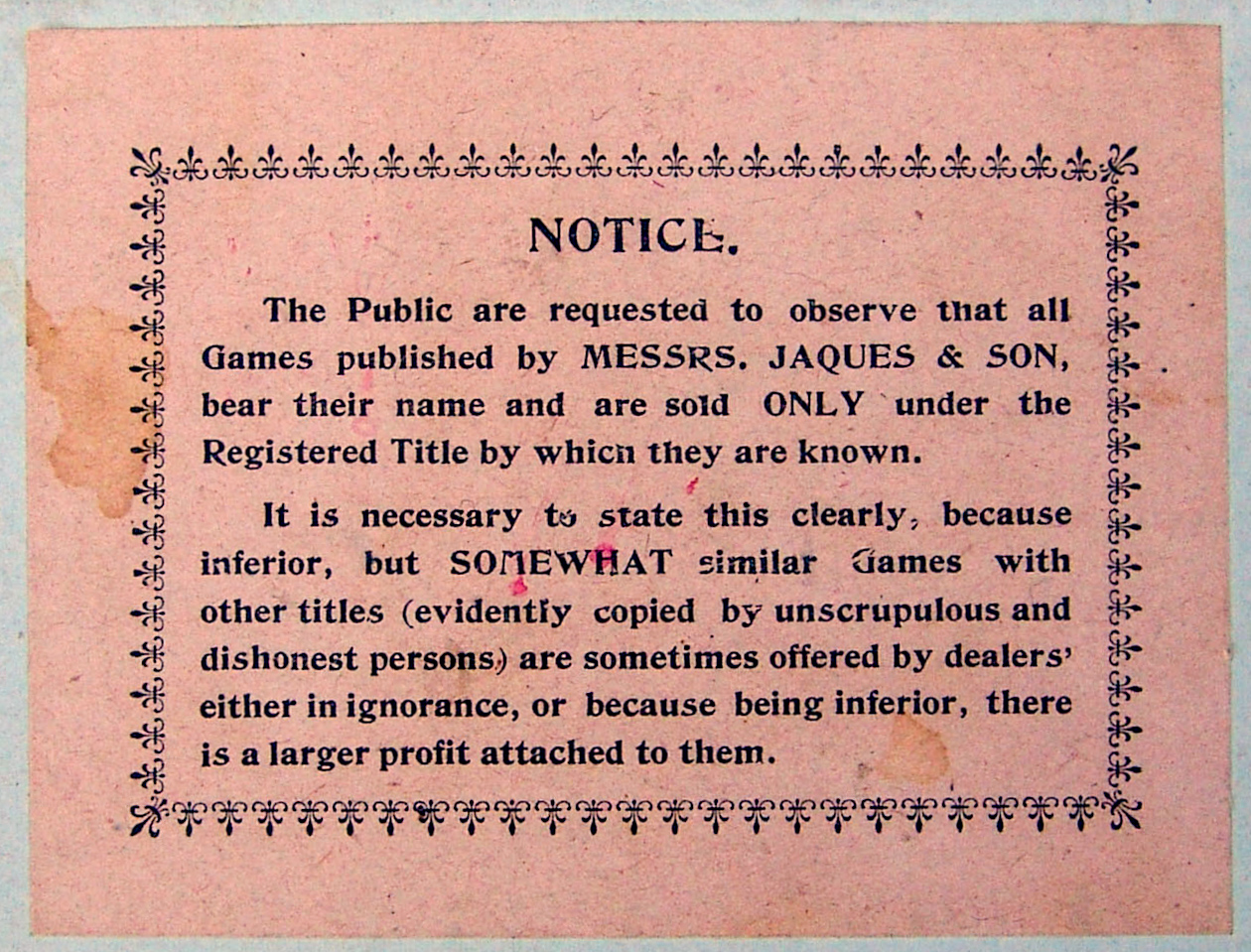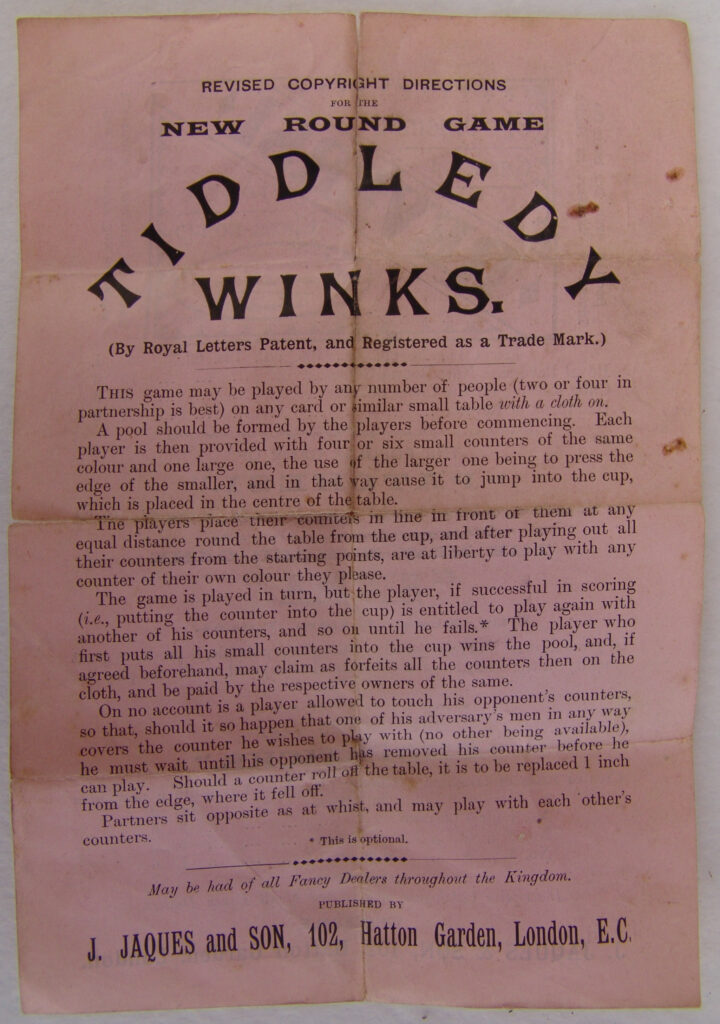It all started in 1795 when a spritely Thomas Jaques established himself as “Thomas Jaques: Manufacturer of Ivory, Hardwoods, Bone, and Tunbridge Ware.” Thomas took on his 15-year-old son, John Jaques, as an apprentice. Together, they expanded their product portfolio until John Jaques had a son himself. John Jaques II. He helped his father and in 1838 they established a new headquarters at Number 102 Hatton Garden, London. It was John Jaques II that introduced Croquet to the world in 1862, a game that went on to win us 2 medals at The Great International Exhibition. John Jaques II was also good friends with Sir John Tenniel, the illustrator for the original Alice’s Adventures in Wonderland books. Tenniel loved Croquet and it inspired him to include the game in Lewis Carroll’s famous tales. In fact, in 1862, Tenniel helped design Jaques original games such as Happy Families and Snap. Let’s fast-forward to the 1900s when, in 1924, Jaques proudly supplied Queen Mary of Teck, the wife of King-Emperor George V with a Staunton Chess Set During World War II, Jaques helped MI9 aid over 36,000 British and American prisoners of war escape by hiding supplies in chess pieces! The wooden chessmen were hollowed out and filled with maps, compasses, and secret messages along with other useful tools. During The Blitz Jaques of London had to leave London. The family packed up and moved over to Surrey, which is where we stayed until 2000. After which, they moved to Kent - where our Head Office remains today! As of today, Jaques of London is still owned and run by cousins Emmett and Joe Jaques - now 8th Generation Jaques.
Jaques website, retrieved 2 December 2022
![[+template:(Tucker Tw ID • [+xmp:title+] — publisher • [+iptc:source+] — title • [+xmp:headline])+]](https://tiddlywinks.org/wp-content/uploads/2022/11/1889-03-01-London-Evening-Standard-item-ad-page-2-col-5-for-Tiddledy-Winks.jpg)
Waterman's Reversi, and Patchesi, the most popular Games of the day, 1s., 2s. 6d., and 5s. each, of all dealers.
—JAQUES and SON, Hatton garden, E.C.⌟
source • The Evening Standard • 1 March 1889 • page 2 • column 5
note • earliest printed reference to Tiddledy Winks found so far, other than trademark application above.
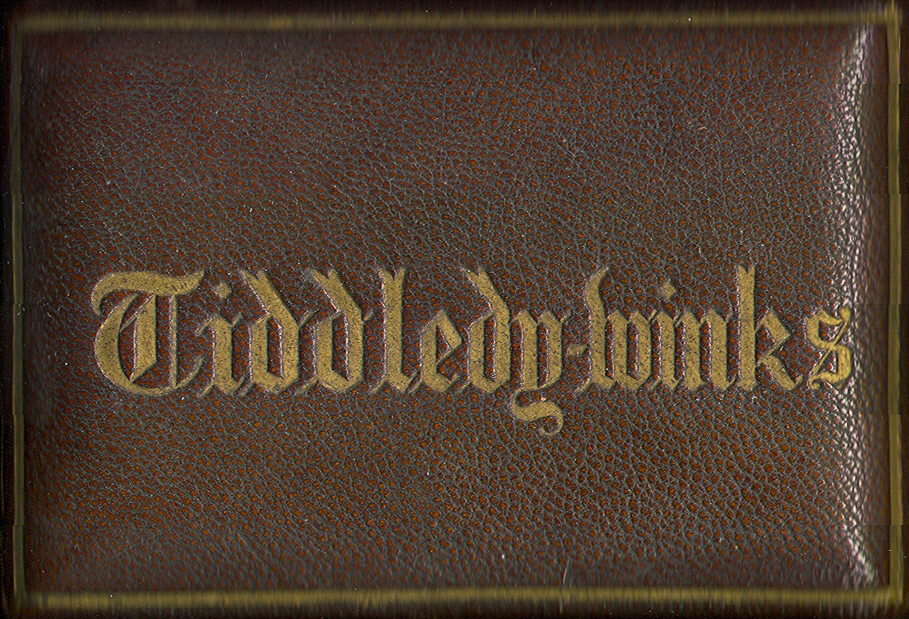
title • TIDDLEDY-WINKS
publisher • John Jaques & Son (not marked)
item • cover of leather case
photograph by • Rick Tucker
original in • Tucker Tiddlywinks Collection
licenseable • per Creative Commons CC BY-SA 4.0
John Jaques and Son, a company based in Hatton-Garden, London with a history dating back to 1795, was the exclusive distributor of Fincher’s Tiddledy-Winks. To this very day (in 2022), Jaques remains an independent company. Early Jaques sets sport a label on the bottom of the box: “J A Fincher, Inventor”, with “J A Fincher” in longhand.
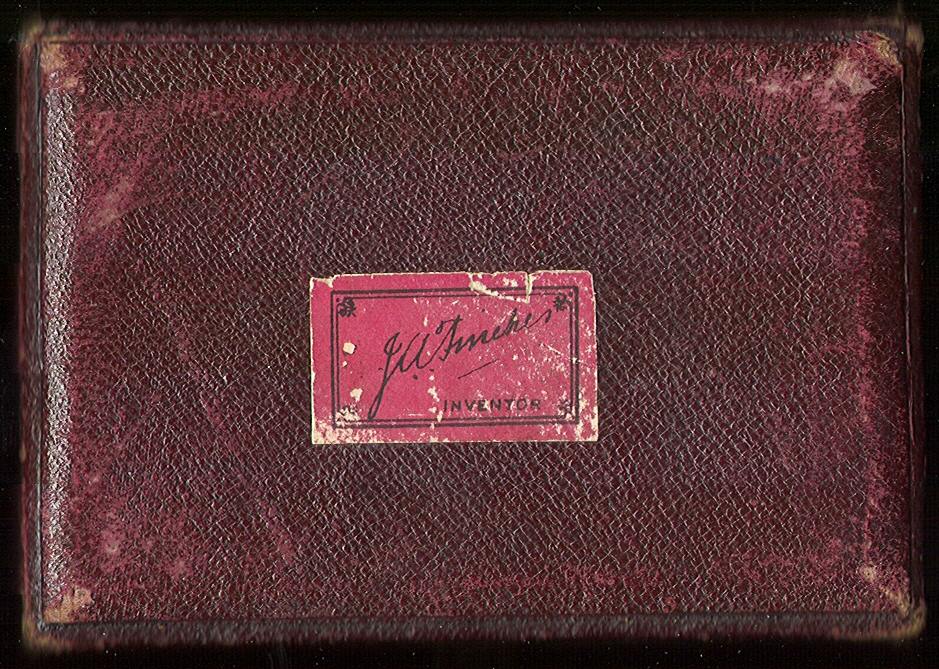
title • TIDDLEDY-WINKS
publisher • John Jaques & Son (not marked)
item • bottom of leather case with "J A Fincher INVENTOR" sticker
photograph by • Rick Tucker
original in • Tucker Tiddlywinks Collection
licenseable • per Creative Commons CC BY-SA 4.0
Once Fincher had filed the provisional specification for his patent, the term PROTECTED could then be used on Tiddledy-Winks games produced by Jaques. Therefore, games marked PROTECTED were made between 8 November 1888 and 19 October 1889 when the patent was accepted.
Once the patent had been accepted, the term PROTECTED was replaced by BY LETTERS PATENT. Therefore, the following game was produced between 19 October 1889 (when the patent was accepted) and 6 March 1890 (when the trademark was approved). As always, the wooden winks cup in this set was hand-turned on a lathe by Jaques artisans.
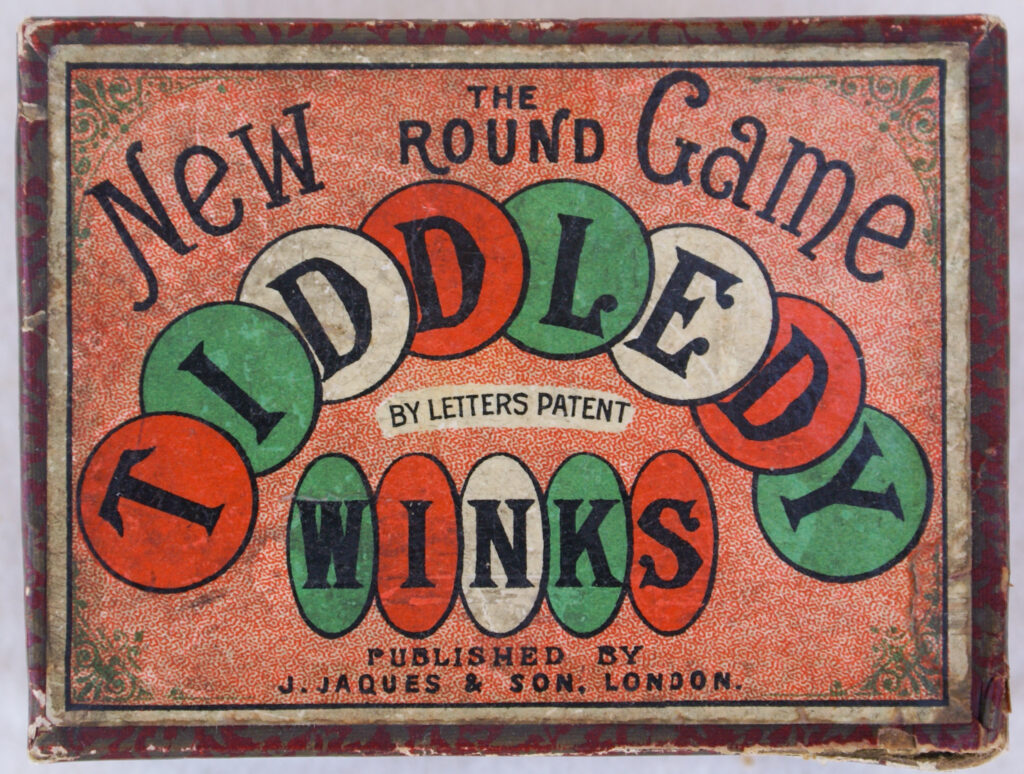
title • THE New ROUND Game TIDDLEDY WINKS
item • cover
variety • dark red underlabel
marked • BY LETTERS PATENT
publisher • J. Jaques & Son, London
photograph by • Rick Tucker
original at • Tucker Tiddlywinks Collection
licenseable • per Creative Commons CC BY-SA 4.0
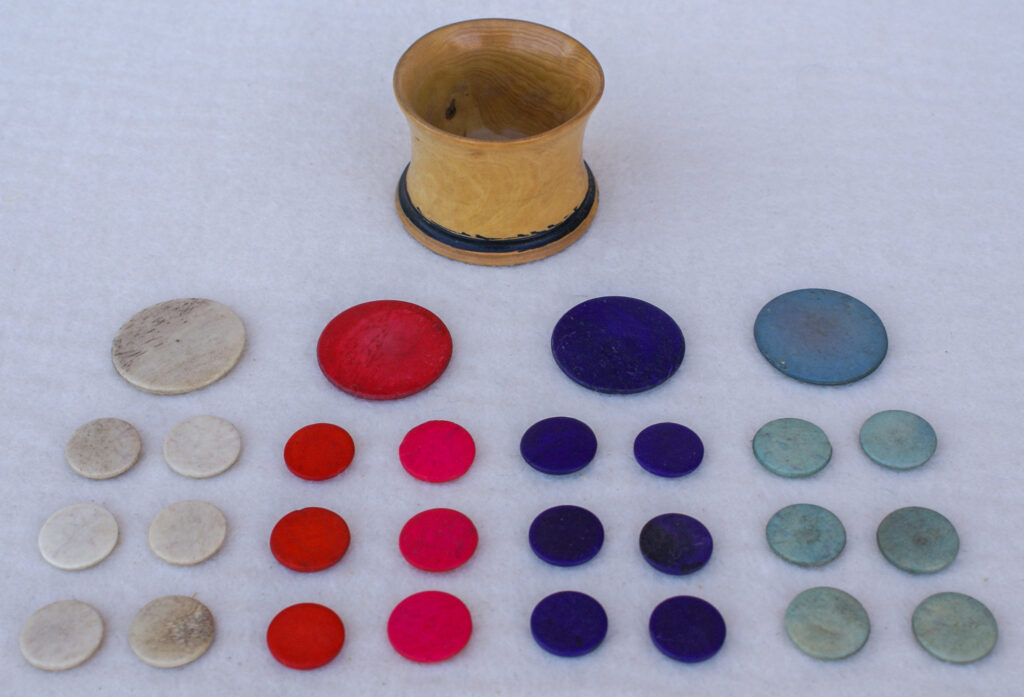
title • THE New ROUND Game TIDDLEDY WINKS
item • contents
variety • dark red underlabel
marked • BY LETTERS PATENT
publisher • J. Jaques & Son, London
photograph by • Rick Tucker
original at • Tucker Tiddlywinks Collection
licenseable • per Creative Commons CC BY-SA 4.0
And once the trademark was approved, the term Registered Trade Mark was added to the game’s cover and rules. Hence, the following game was made after 6 March 1890, and was sold in a wooden box, called a Mauchline box. Quite a few more varieties of this game were produced, with the same or similar cover illustration in cardboard boxes of various sizes over many years from the 1890s through the 1910s.
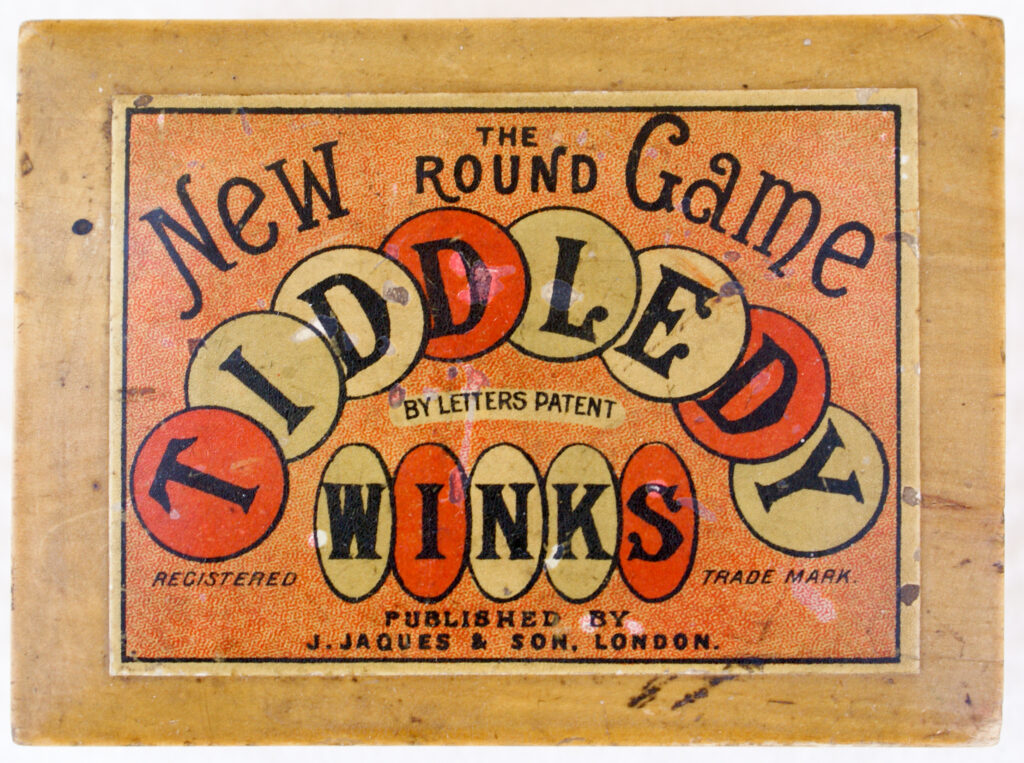
title • THE New ROUND Game TIDDLEDY WINKS
item • cover
marked • BY LETTERS PATENT and REGISTERED TRADE MARK
publisher • J. Jaques & Son, London
photograph by • Rick Tucker
original at • Tucker Tiddlywinks Collection
licenseable • per Creative Commons CC BY-SA 4.0
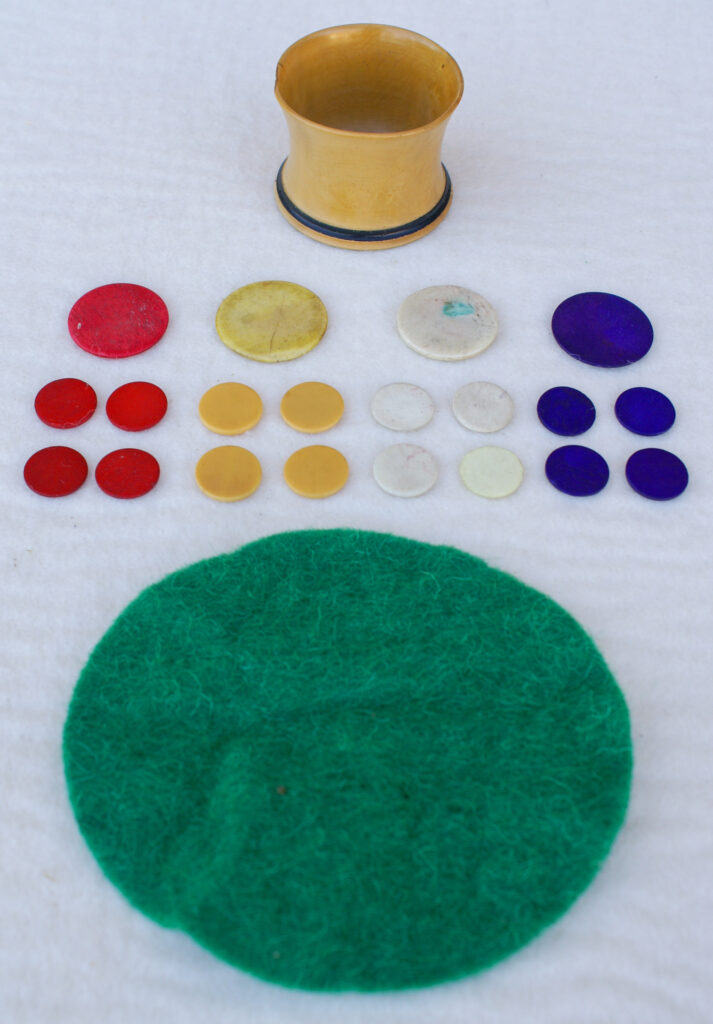
title • THE New ROUND Game TIDDLEDY WINKS
item • contents
marked • BY LETTERS PATENT and REGISTERED TRADE MARK
publisher • J. Jaques & Son, London
photograph by • Rick Tucker
original at • Tucker Tiddlywinks Collection
licenseable • per Creative Commons CC BY-SA 4.0
Navigating Chapters
![[+template:(Tucker Tw ID • [+xmp:title+] — publisher • [+iptc:source+] — title • [+xmp:headline])+]](https://tiddlywinks.org/wp-content/uploads/2022/07/1888-11-08-UK-patent-16215-Joseph-Assheton-Fincher-adj-300x190.jpg)
5 ❖ Tiddledy-Winks • J. A. Fincher’s Patent and Trademark
Securing the Patent and Trademark for Tiddledy-Winks The game’s afoot! [William Shakespeare, King Henry the Fifth, Act III, I, 31.] Tiddlywinks was first patented in England by
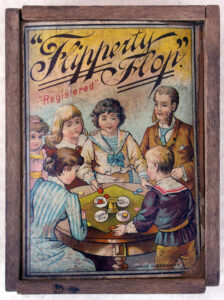
7 ❖ In the UK • Early Tiddledy Winks Competitors and Innovators
Acknowledgments Thanks to Malcolm J. Watkins for bringing the 1890 Barbados Herald advertisement for Flitterkins to my attention. Additional acknowledgments are incorporated throughout this article.
